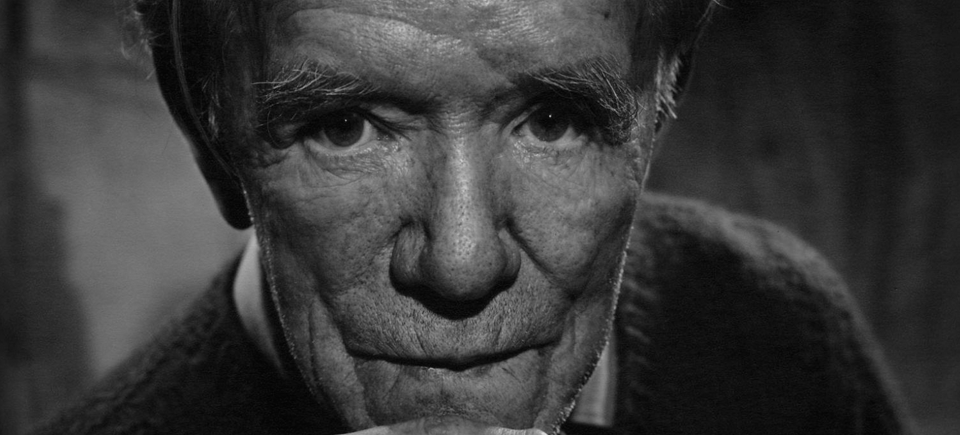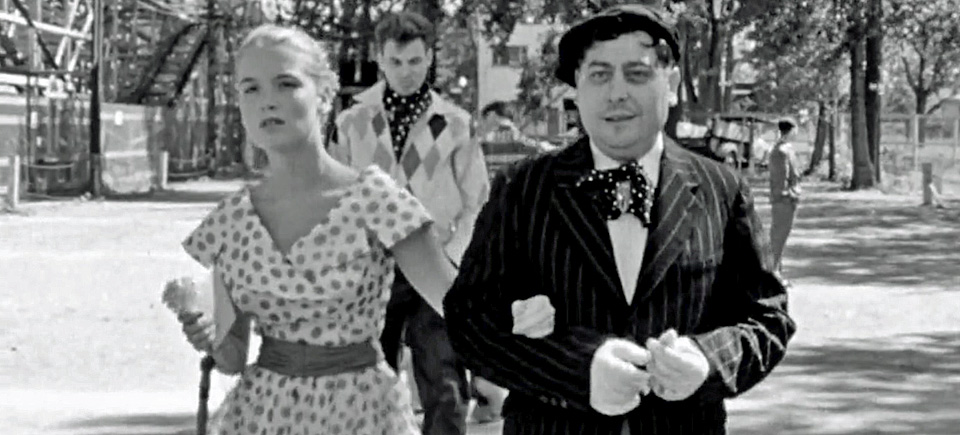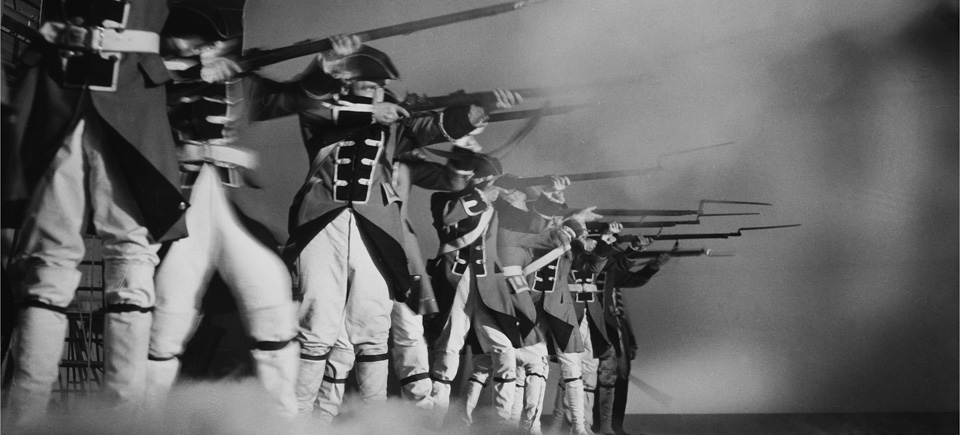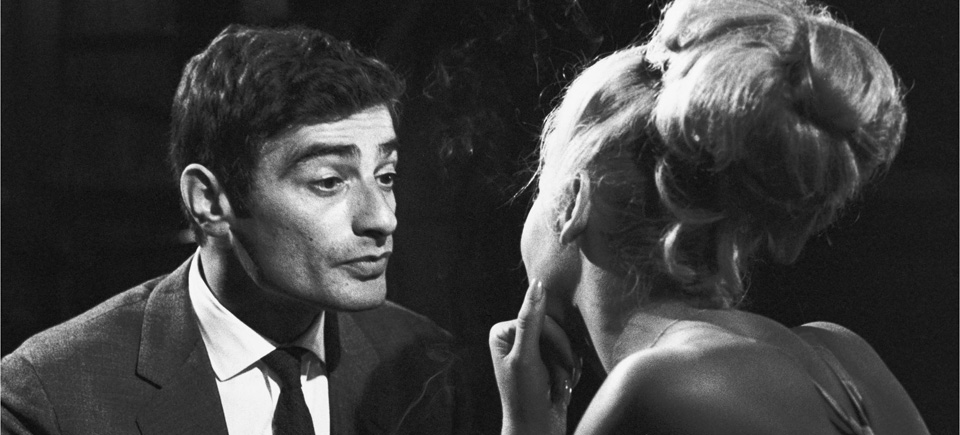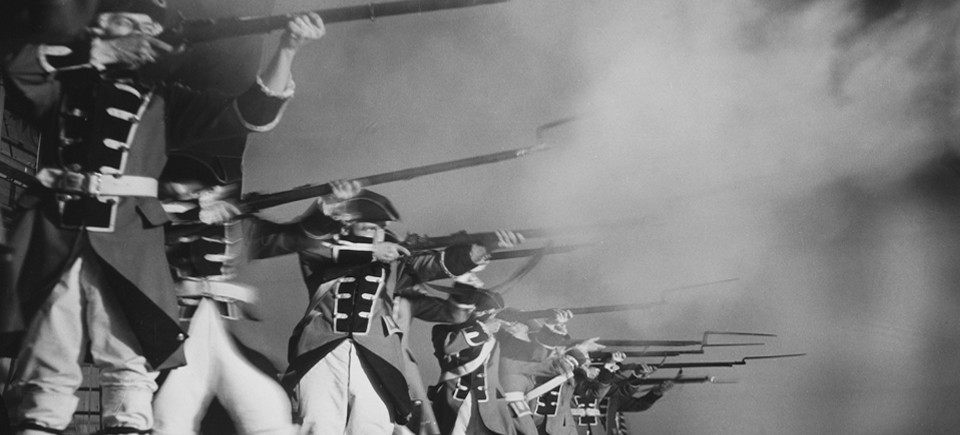
The Battle of the Plains of Abraham as seen by the NFB
The Battle of the Plains of Abraham as seen by the NFB
Talk to anyone across Canada about the Battle of the Plains of Abraham, and you will get more viewpoints than you can imagine. The battle marked a major turning point in the history of the country and is noteworthy, among many other things, for the fact that the two opposing generals both died on the battlefield. Heroes? Traitors? Winners? Losers? All of the above? Once again, if you ask any number of people, you will get any number of different opinions.
Since Sunday, September 13, marks the anniversary of this important historical event (the 256th, to be exact), I thought I would explore how it has been portrayed in NFB films. To do this, we need to take a look at two vastly different films made in two vastly different eras.
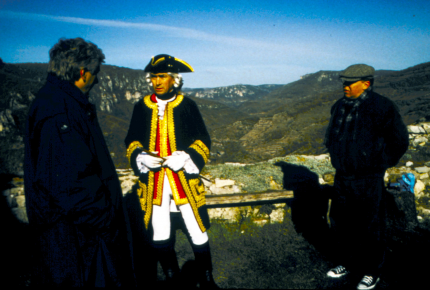
The fiction film Wolfe and Montcalm was broadcast on CBC on February 24, 1957, as part of the Perspective television series, which used both documentary and fiction to tell the stories of Canada. It compressed the events of September 11 to 13, 1759, into a compact half hour, focusing on the preparations by both generals and scenes of the battle. What is most remarkable about this film is that it was shot entirely on the NFB shooting stage (including the battle sequences). I am not sure why this was done, but I can imagine that location shooting was probably deemed too expensive.
The acting is quite good, with William Needles putting in an excellent performance as Wolfe. The cast includes both French and English actors, who are very good at helping to capture the events leading up to and including the battle. The script, by director Allan Wargon, is solid and conveys perfectly the tension during the hours preceding the battle and the situation on both sides.
I would have loved to see exterior locations used for the actual battle, but Wargon did what he could with the means at his disposal. Though the battle sequence is quite sparse (there simply aren’t enough extras dressed as soldiers to make these scenes work), the intensity and violence of the event are well conveyed. The deaths of both protagonists are also well rendered. The scene in which Montcalm writes his wife a letter, knowing full well that he will never see her again, is one of the most touching in the film. It could have been schmaltzy but is handled perfectly by Wargon and actor Alan Mills as Montcalm.
Wargon avoided sensationalism and stuck to the facts (as we know them) to create a just portrayal of the event. By the way, I also recommend you check out the French staff officer at the 10:30 mark in the film. It is none other than filmmaker Claude Jutra, in his early days at the NFB, filling in as an extra.
Wolfe and Montcalm , Allan Wargon, provided by the National Film Board of Canada
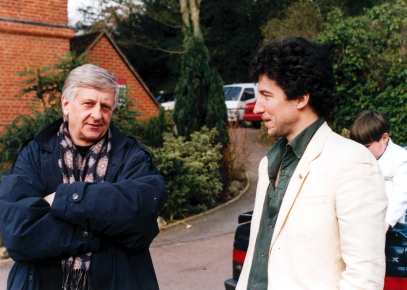
In Quebec, people don’t talk much about the Battle of the Plains, for a variety of reasons, so it was very surprising when noted writer and documentary filmmaker Jacques Godbout made The Fate of America (Le Sort de l’Amérique) in 1996. In it, he tries to demystify the historical event, with the help of fellow filmmaker Philippe Falardeau (Monsieur Lazhar) and playwright René Daniel Dubois, whom he meets seemingly by chance in London. Dubois is preparing a screenplay on the Battle for an American producer, so the three decide to work together. What follows is an investigation that involves meeting with the descendants of both generals in England and France.
Godbout and Falardeau are happy to keep the tone of the film tongue-in-cheek, but along the way they make several sober declarations on how the battle has influenced what Canada is all about today. The most interesting thing Godbout says is that “it’s in Hollywood that stories are told [and that] history is written.” One only has to think about the film Argo, on the 1979 hostage crisis in Iran, to see how true this is. In it, history has been completely reinvented by a Hollywood filmmaker who did not let the facts keep him from telling his version of events, as ridiculous as it might be.
There are several improvised fictional sequences in The Fate of America, with Dubois playing a number of roles (including King Louis XV). Godbout is not afraid to experiment with the conventions of documentary. Dubois has a great deal of fun pointing out that sometimes documentaries bend the truth to tell a story (it becomes very obvious that his meeting with Godbout in London was set up in order to move the film along). At one point in the film, the entire crew, including Godbout, Dubois and Falardeau, screen a copy of Wolfe and Montcalm at the NFB. Godbout uses many sequences from that film throughout to help illustrate what happened on that day.
For me, the inclusion of military historian Harold Klepac and author Laurier Lapierre is absolutely essential. Klepac explains the battle in strictly military strategic terms—a great counterpoint to the social and political reflections offered by Godbout and Dubois. Lapierre brings forth a point of view that had never been espoused before, basically saying that this was really a battle between France and Great Britain and that Canadians were stuck in the middle. Godbout also uses excerpts from Sun Tzu’s The Art of War in an attempt to explain why the battle was so short and decisive.
The Fate of America, Jacques Godbout, provided by the National Film Board of Canada
Both these films are certainly worth a look, even if you’re not a military history buff. They bring to life this important battle and explain exactly what happened and why. Enjoy!
